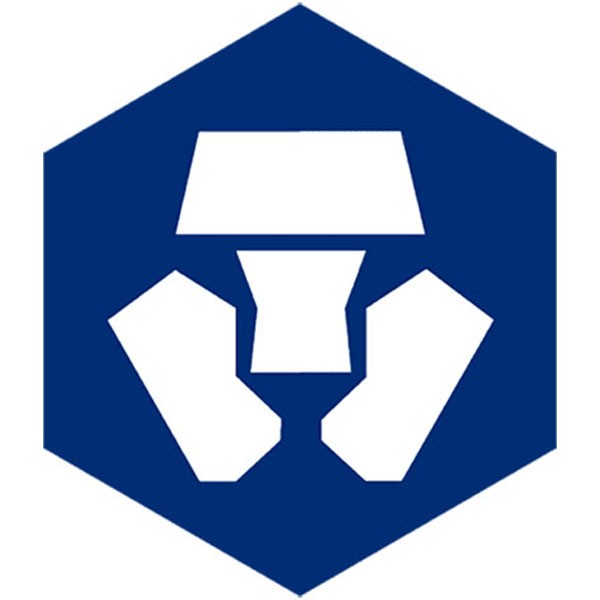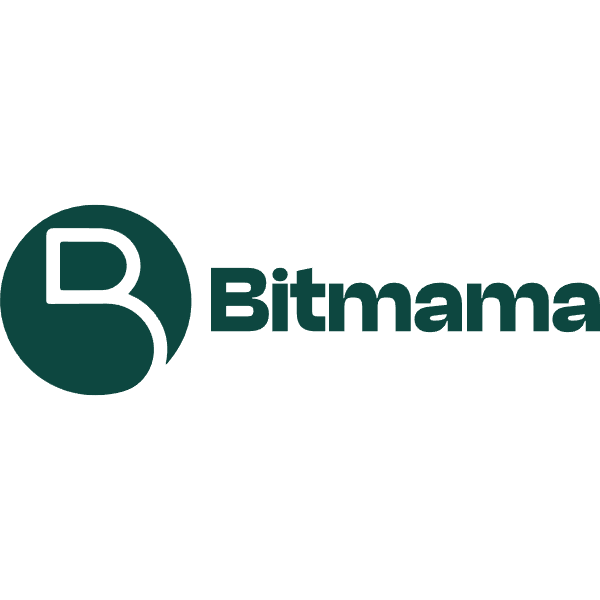Overview
OKX Wallet Is A Non-custodial, Multi-chain Cryptocurrency Wallet That Provides A Secure And Convenient Digital Asset Management And Web3 Interactive Experience. Developed By OKX, It Supports A Variety Of Blockchain, Decentralized Applications (DApps), NFT And DeFi Services, Giving Users Full Control Of Their Private Keys.
Features
Asset Management
- Support Multiple Cryptocurrencies Storage, Viewing And Management
- Single Mnemonic Management Multi-chain Assets
- Cross-chain And Same-chain Transfer, Integrated OKX Exchange Transfer
- Mnemonic Or Private Key Backup, Support Import Wallet Or Hardware Wallet
Decentralized Transaction (DEX)
- Aggregate Multi-chain DEX, Support Multiple Tokens
- Cross-chain Bridge To Achieve Asset Swap
- /li >
- No Platform Fees For Some Transactions
NFT Market
- Support Multi-chain NFT Creation, Purchase, Sale And Display
- Aggregate Mainstream NFT Platforms
- View NFT Holding And Trading History
Earn (Earn)
- Provide Pledge, Liquidity Mining And Lending
- Flexible Income Product Selection
- OKB Holders Participate In New Project Rewards
DApp Exploration
- Built-in DApp Browser, Access To DeFi, GameFi, Etc.
- Automatically Identify Networks, Support Mainstream Chains
- Provide DApp Data Insights
Other Features
- Real-time Quotes, Candlesticks, And Market Data
- Authorization Management, Revocation Of DApp Permissions
- Address Tracking, Simultaneous Management Of Multiple Addresses
- MEV Protection, Reducing Transaction Risk
Security
- Unmanaged: The User Controls The Private Key Alone, OKX Cannot Access The Assets
- Multi-party Computing (MPC): Enhanced Private Key Security
- Cold Storage: Most Assets Are Stored Offline, Reducing The Risk Of Hackers
- Multi-signature: Transfer Requires Multi-verification
- Transparency: On-chain Reserve Is Public, Supports Verification
- Certik Audit: Regular Security Audit
- User Responsibility: Keep Mnemonic Words Properly, Do Not Leak Regular Check DApp Authorization, Avoid Phishing Attacks
Working Principle
OKX Wallet Based On Blockchain Technology, A Non-custodial Architecture Is Adopted To Ensure That Users Have Complete Control Over Their Assets. Its Working Principle Is As Follows:
- Wallet Creation: User Generates 12-word Mnemonic (based On BIP-39 Standard), Derivative Private Key And Public Key Private Key Are Encrypted And Stored On User Device, OKX Server Does Not Save
- Asset Management: Wallet Connects Multiple Blockchains, Supports EVM And Non-EVM Chains Through Node Query Balance And Transaction, Automatically Adapts To Network
- Transaction Execution: User Initiates Transaction, Wallet Generates Signature (through Private Key) Signature Is Broadcast To Blockchain, After Node Verification, Cross-chain Transaction Is Realized Through Bridge Protocol
- DApp Interaction: Built-in Browser Connects DApp Smart Contract User Authorization Contract Interactive, Wallet Managed Gas Fees
- Security: Private Key Local Encryption, Combined With MPC Technology Sharding Storage Cold Storage And Multi-signature Protection For Large Transactions
- Developer Support: API And SDK Provided, Developers Can Integrate Wallet Functions To Support Private Key Management, Transaction Signing And On-chain Query
Platform Support
- Mobile End (iOS, Android): Full Features
- Web End: Asset Viewing And DApp Access
- Browser Extensions (Chrome, Edge) : Web3 Interaction
Summary
OKX Wallet Was Established In 2017. It Is Mainly Registered In Seychelles And Has Operation Centers In Hong Kong, Singapore, Dubai And Other Places. Its Functions Cover Asset Management, DEX, NFT, DeFi And DApp Exploration. It Adopts A Non-custodial Architecture And Combines MPC, Cold Storage And Multi-signature To Ensure Security. The Working Principle Is Based On Blockchain Technology And Local Private Key Management. It Provides Multi-platform Support And Is Suitable For Web3 Users.














